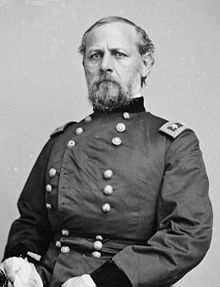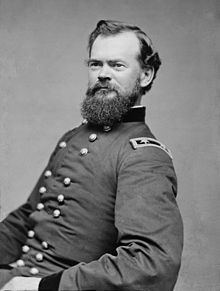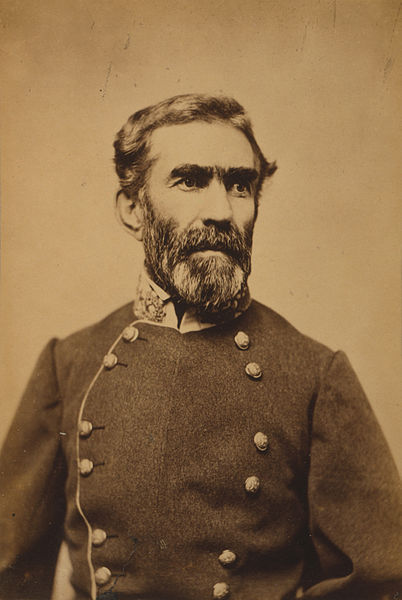Two days of heavy fighting conclude near Pittsburgh Landing in western Tennessee. The Battle of Shiloh (also known in the South as the Battle Of Pittsburgh Landing) became a Union victory after the Confederate attack stalled on April 6, and fresh Yankee troops drove the Confederates from the field on April 7, 1862.
The Battle of Shiloh began when Union General Ulysses S. Grant brought his army down the Tennessee
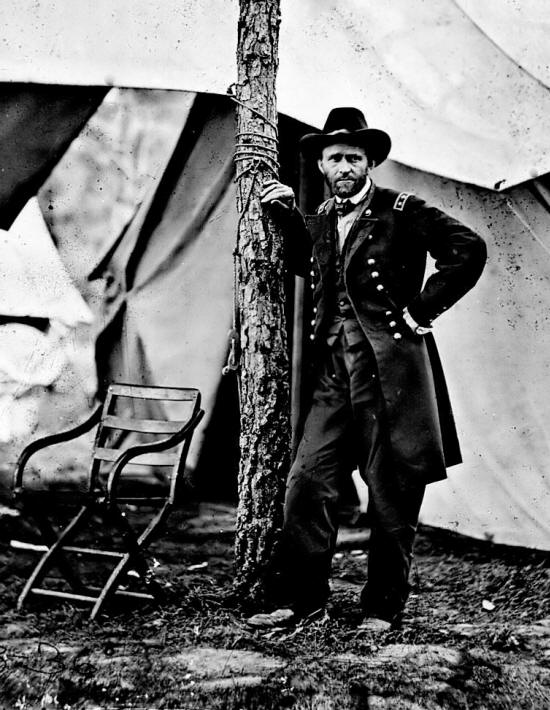
River to Pittsburgh Landing in an effort to move on Corinth, Mississippi, 20 miles to the southwest. Union occupation of Corinth, a major rail center, would allow the Yankees to control nearly all of western Tennessee. At Corinth, Confederate General Albert Sidney Johnston did not wait for Grant to
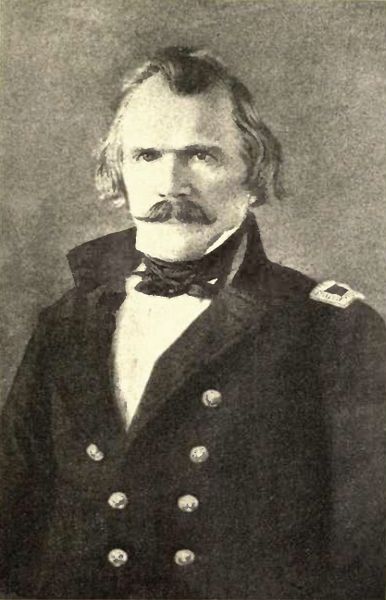
attack. He moved his army toward Grant, striking on the morning of April 6. Throughout the day, the Con-federates drove the Yankees back but they could not break the Union lines before darkness halted the advance. Johnston was killed during the first day, when a bullet pierced a major artery in his leg behind his knee and he bled to death in his boot, so General Pierre G. T. Beauregard inherited full
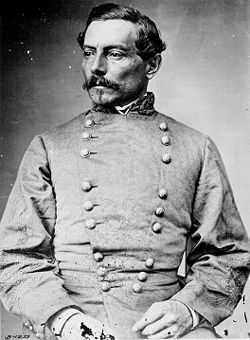
command of the Confederate force.
Now, Grant was joined by the vanguard of Buell’s army. With an advantage in terms of troop num-bers, Grant counterattacked on April 7. The tired Confederates slowly retreated, but they inflicted heavy casualties on the Yankees. By nightfall, the Union had driven the Confederates back to Shiloh Church, recapturing grisly reminders of the previous days’ battle such as the Hornets’ Nest, the Peach Orchard, and Bloody Pond. The Confederates finally limped back to Corinth, thus giving a major victory to Grant.
The cost of the victory was high for the Union. Grant’s and Buell’s forces totaled about 62,000, of which 1,754 were killed, 8,408 were wounded, and 2,885 were captured or missing for a total of 13,047 casual-ties. Of 45,000 Confederates engaged, 1,723 were killed, 8,012 wounded, and 959 missing for a total of 10,694 casualties. The 23,741 casualties were a staggering five times the number at the First Battle of Bull Run in July 1861, and they were more than all of the war’s major battles (Bull Run, Wilson’s Creek, Fort Donelson, and Pea Ridge) to that date combined. It was a sobering reminder to all in the Union and the Confederacy that the war would be long and costly. The important issue about these numbers, however, is that the North had an unlimited number of potential soldiers. The South did not. Battles of this degree of loss took a greater toll on the South than they did on the Union.
To purchase a signed copy of Larry Auerbach’s novel “COMMON THREADS”, Click Here
Photo courtesy of wikipedia.com


